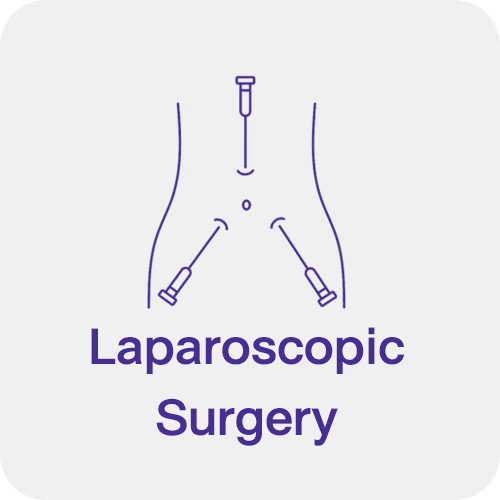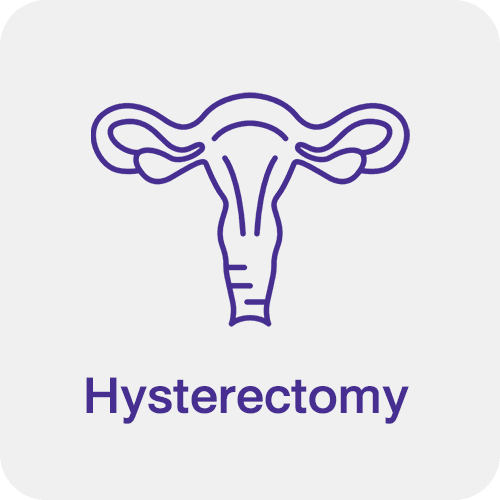
Hysterectomy, Vaginal Repair, and Labia Reshaping Surgery
Q: What is a hysterectomy?
A hysterectomy is a surgical procedure to remove the uterus and cervix while preserving the ovaries. The ovaries continue to produce hormones essential for overall health, preventing conditions like osteoporosis and premature menopause. Hysterectomies are typically performed to treat uterine conditions that cannot be managed with medication or other treatments. After the procedure, patients no longer menstruate and cannot conceive.
Q: Why might the uterus and ovaries be removed together?
Removing both the uterus and ovaries may be recommended in cases of uterine or ovarian cancer. It may also be considered as a preventive measure for individuals at high risk of ovarian cancer. In transgender men (transmasculine individuals), this procedure is performed as part of gender-affirming surgery to align physical attributes with male hormonal balance.
Q: Can I have sexual intercourse after a hysterectomy?
Sexual activity is generally safe after a recovery period of about 4 weeks to avoid bleeding from the surgical site at the top of the vaginal canal. While a hysterectomy may slightly shorten the vaginal canal, the vagina is elastic and usually does not significantly affect sexual activity.
Q: What are the common reasons for a hysterectomy?
The primary reasons include uterine fibroids or abnormal uterine bleeding that cannot be managed otherwise. Additional reasons include uterine prolapse, which can cause urinary or bowel difficulties, or gender dysphoria in transgender men seeking gender-affirming surgery.
Q: What are the surgical methods for a hysterectomy?
There are two main techniques:
- Laparoscopic Hysterectomy – A minimally invasive procedure using small incisions in the abdomen.
- Transvaginal Hysterectomy – A procedure performed through the vaginal canal.
Q: Details about Transvaginal Hysterectomy
This technique requires a highly skilled gynecologic surgeon to avoid complications involving the bladder or colon during uterine removal. It is suitable for patients with smaller uterine sizes, assessed via ultrasound.
Advantages include:
- No external incisions.
- Minimal pain and fast recovery.
- Ability to remove ovaries along with the uterus through the vaginal canal.
Q: Details about Laparoscopic Hysterectomy (Laparoscopic Trans-abdominal Hysterectomy)
Laparoscopic hysterectomy is a minimally invasive surgery involving three small incisions, each about 0.5 cm long. Instruments and a camera are inserted through these incisions to remove the uterus. The uterus can be broken into smaller pieces for removal if it is relatively large.
Advantages include:
- Minimal scarring.
- Shorter recovery time.
Q: Comparison of Costs for Laparoscopic and Transvaginal Hysterectomy
- Laparoscopic Hysterectomy (with general anesthesia, 2-night stay): THB 135,000.
- Laparoscopic Hysterectomy with Ovary Removal (with general anesthesia, 2-night stay): THB 150,000.
- Transvaginal Hysterectomy (with general or spinal anesthesia, 2-night stay): THB 120,000.
- Transvaginal Hysterectomy with Ovary Removal (with general or spinal anesthesia, 2-night stay): THB 140,000






